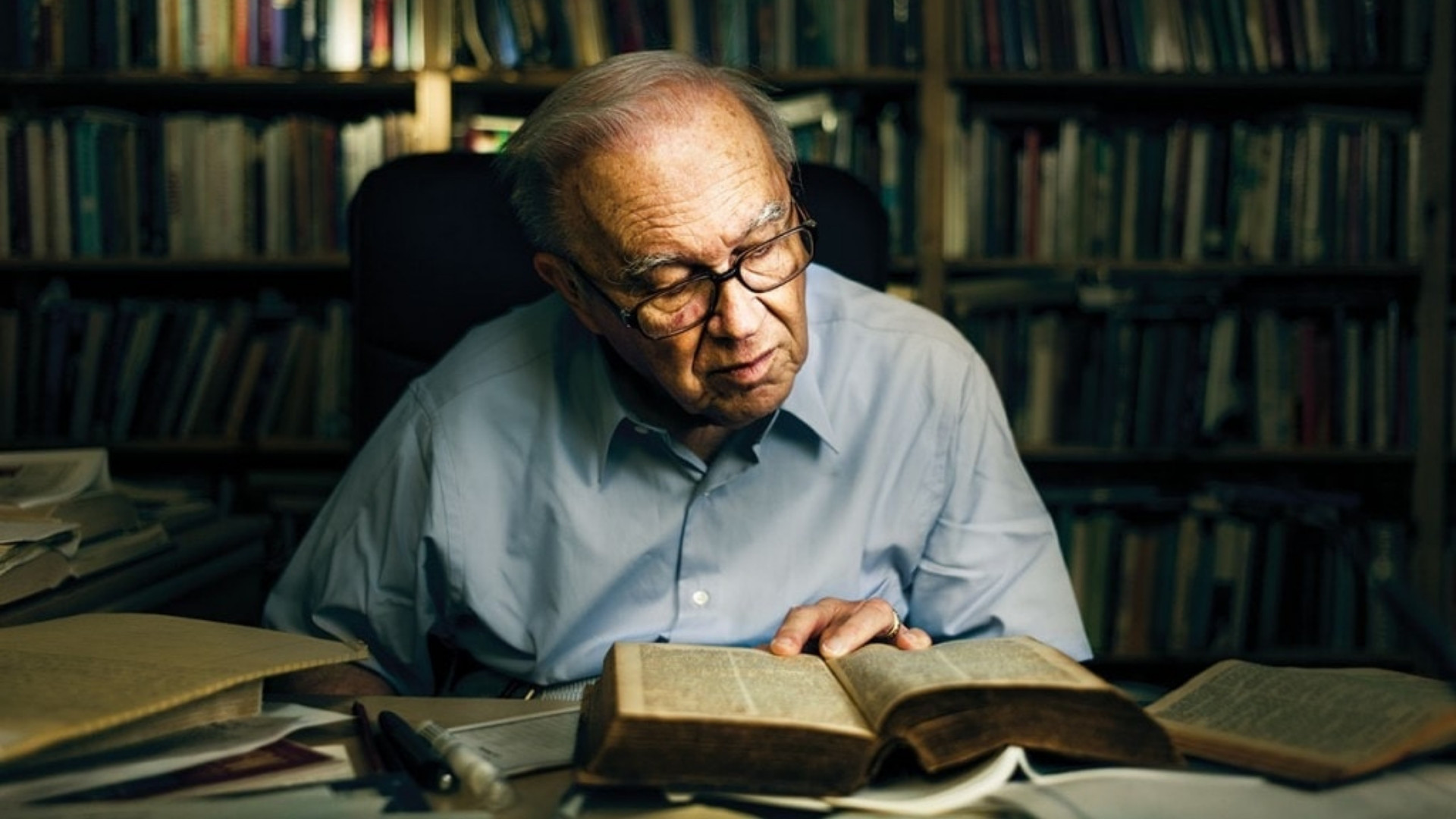
Marilyn Sandin-Ross
Retired in 2012 after thirty years of pastoral ministry with the Presbyterian Church
Ordained: 1981
My Journey
A great-granddaughter of Swedish Mission Covenant immigrants, I was baptized as an infant in 1952 at the Covenant church in Des Moines, Iowa. I was raised in that congregation, confirmed, and joined the church, and later with my family, became a charter member of the newly organized Urban Heights Covenant Church in Des Moines.
Upon graduating from North Park College, I accepted a job on campus, which included the opportunity to take courses at the seminary. The first course I took was the Theology of Dietrich Bonhoeffer with Burton Nelson, which presented me with questions of my own discipleship at a critical time of seeking direction in life. I was encouraged to consider entering the master of divinity program at the seminary. Though I had no idea of where that might lead, I was eager to pursue further studies. As a prerequisite, I began taking Greek on my lunch hour and enrolled in the seminary in the fall of 1976. From the beginning I found acceptance and encouragement from faculty and classmates.
The denomination had voted “in principle” to ordain women to pastoral ministry. I was meeting with the Daughters of Sarah group—women who were discussing and writing about issues of women in ministry. From time to time, a few of us women seminary students were sent out to area congregations, along with faculty, to tell our stories and discuss the biblical issues of ordination.
For my internship I served at First Covenant Church in St. Paul, Minnesota. The ministerial staff—Ed Hallsten, Tom Anderson, and Bruce Lawson—accepted me as a partner in ministry. They gave me countless learning opportunities, guided and mentored me. The congregation was very welcoming, encouraging, and accepting of my efforts to serve as their pastor. I returned to seminary with a confirmed sense of call, specifically to pastoral ministry, and graduated with my class in 1980.
Challenges
As seminary graduates, we had a year to receive a call to a congregation before ordination. At one church I was invited to candidate for the position of associate pastor. When the phone call came, I was told that the vote was very close but that I had not received the call. The congregation was in considerable turmoil over this split decision, and they decided to continue discussing, and then vote again in a month! I expressed my doubts about wanting that second vote to be taken. If I was called amid such controversy, how could I effectively minister?
I was told that the congregation needed to take a second vote for their own resolution, and I could certainly decline if I was called. But I pondered for that month wondering how I could possibly decline if I did receive the call, for this might be the only call I would ever receive. When the second vote was taken, many more members voted, again the vote was close, but I had not received the call. So, that was that.
The Annual Meeting of the denomination was just weeks away and it was clear that I would not have a call when I was to meet with the Board of Ministry to be examined for ordination. I assumed that I would not be eligible for ordination, but the Board determined that on the basis of the ministry work I had been doing that year and with confidence that a call would be forthcoming, I would be presented for ordination. I was ordained on June 25, 1981, at the meeting in Columbus, Ohio.
By fall, I accepted an invitation to serve as an interim pastor in Ohio. My colleagues suggested that once I got there and the congregation got to know me, I might well be asked to candidate for the permanent position. The congregation was very warm, welcoming, and receptive. Not too many weeks passed, however, before a woman in the church told me how glad they were to have me there and doing such a fine job, but what they wanted was a “real pastor”—that is to say, a male pastor. Over the next few months the search committee brought in one male candidate after another.
I began to consider my other options. The superintendent told me there was nothing anyone could do if congregations would not consider a woman for their pastor. I recall saying to myself somewhat facetiously that I could spend the next thirty years seeking a call to a congregation. I just wanted a chance to serve.
Some Presbyterian pastor friends of mine suggested that I consider transferring my ordination to the Presbyterian Church, which had been ordaining women for a couple decades. In the fall of 1982, I began the process. Due to the exceptionally fine academic preparation I had received at North Park Seminary, I passed the ordination exams without difficulty. I was installed as the pastor to a three-point parish of churches in southeastern Minnesota in September of 1983.
Since then, I have served Presbyterian churches in Minnesota, North Carolina, Wisconsin, and Iowa, and in 1999 I received a doctor of ministry degree from McCormick Theological Seminary.
Joys
I owe a debt of gratitude to many Covenant minister colleagues who influenced, mentored, and nurtured me in preparation for pastoral ministry, among them: Glenn Anderson, Burton Nelson, Fredrick Holmgren, Earl Dahlstrom, Philip Anderson, John Weborg, Klyne Snodgrass, John Satterberg, Richard Carlson, Glen Wiberg, Richard Sandquist, Ed Hallsten, Tom Anderson, Bruce Lawson, and Norbert Johnson. A lingering lament visits me from time to time that I did not have the opportunity to continue to share the ministry experience with these colleagues and my seminary classmates, brothers and sisters in Christ within the Covenant community.
First live concert
: Roy Rogers and Dale Evans at the Iowa State Fair as a three-year-old. I was thrilled to see Dale Evans—at the time she was my hero.













